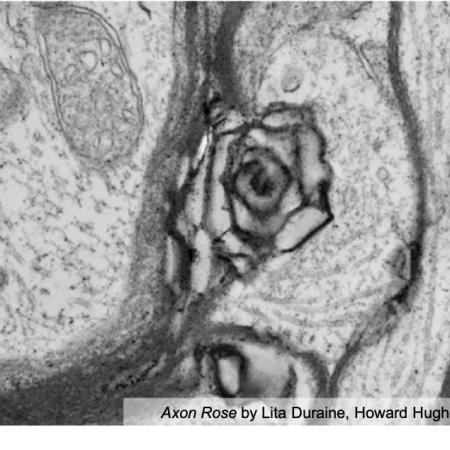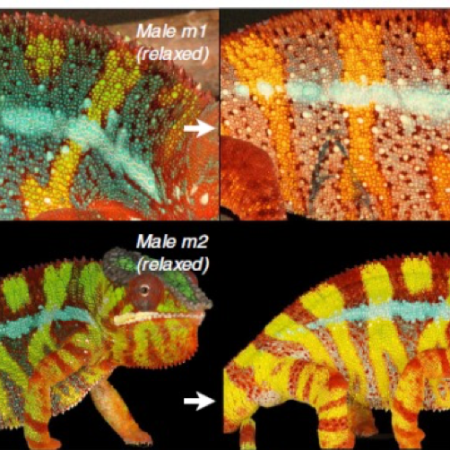
Tag: light


How do we measure the size of nanoparticles in a solution?

What gives gold nanoparticles their color?

Seeing the Invisible

Nanostructures in chameleons, damselflies, and peacocks (oh my!)

Solar Eclipse 2017 – A Multi-Sensory Experience

Aerogels: Nanotechnology to Space and Beyond

Sunburns and Circuits: How Nanotechnology is Pushing the Boundaries of Computing

Turkeys and Photonic Crystals: Lots to Be Thankful For
